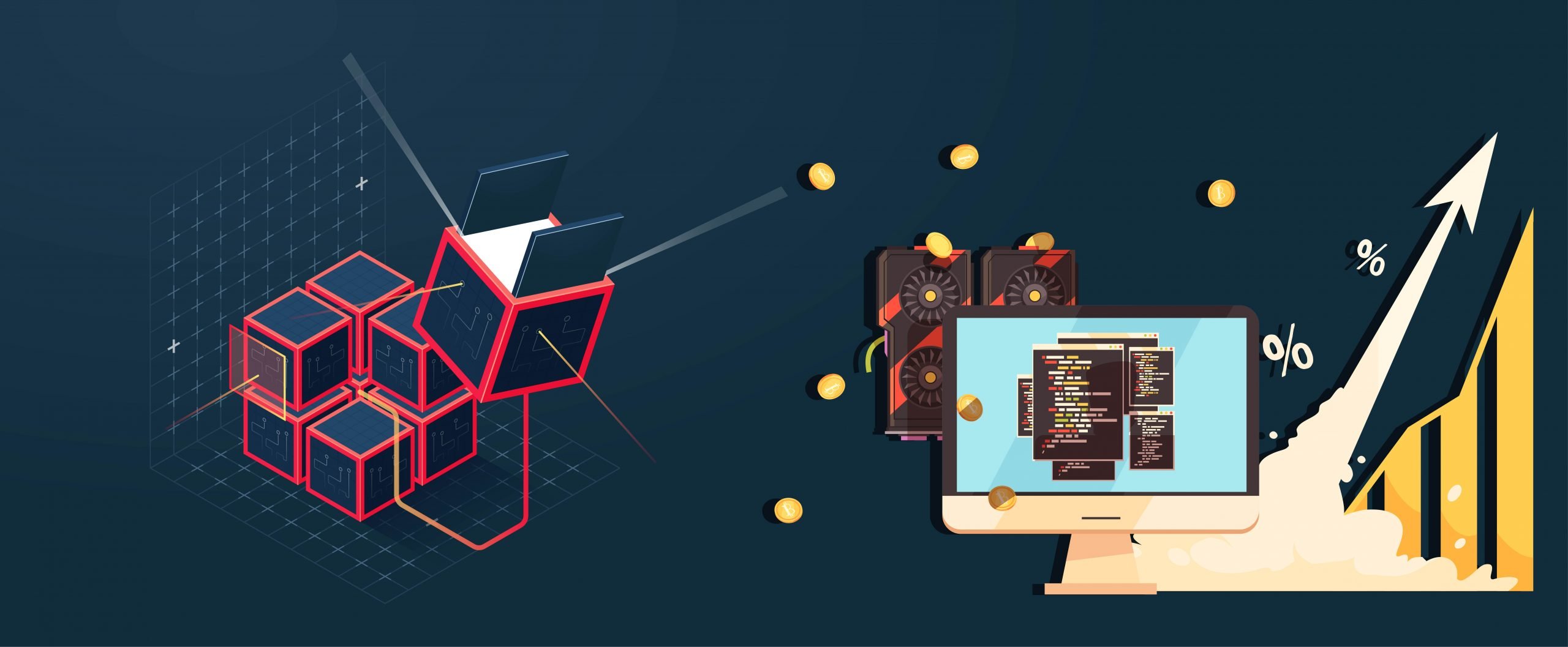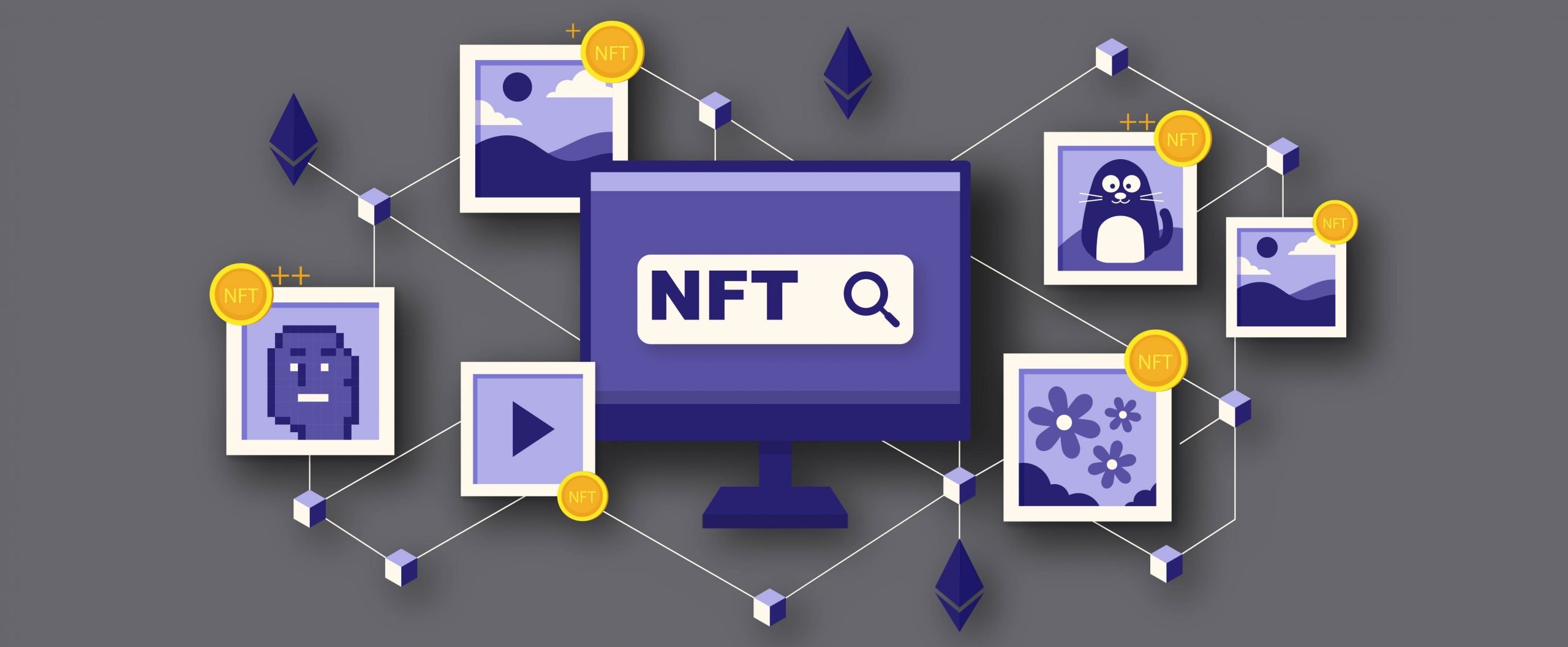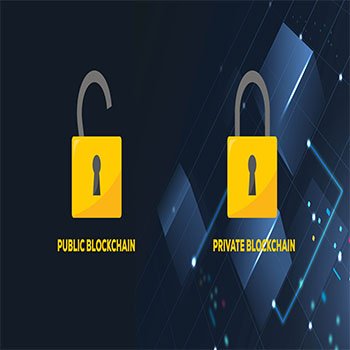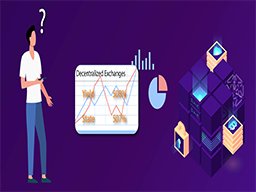Blockchain Governance & Mining
Intro To Blockchain Governance & Mining
Blockchain Governance
- One of the key elements of blockchain design is the development of blockchain governance systems. The rule of Blockchain, in simple terms, is the way in which transformation changes are made to the blockchain. A governance system that promotes the ability to adapt to change has become the key to long-term blockchain success.
- In fact, the blockchain change process is done by changing the basic code used by the blockchain protocol. In most cases, there is a centralized cache of code that forms the basis for the "clients" of users who participate in using the nodes. An example of this is the Ethereum Foundation codebase.
- Perhaps the best way to test blockchain management is to think about how the governance system treats its stakeholders and their economic incentives. Each group of participants within the blockchain has a different set of incentives.
- Teams will typically follow changes in blockchain systems that are in line with their interests, such as teams with opposing incentives that will compete to make changes to the system.
- From a rational point of view, advanced governance systems will embrace the best economic outcomes for most of their users. That is, the plan will increase the economic well-being of all its stakeholders, rather than be distracted by the incentives of a few.
Blockchain Mining
- Blockchain mining is a process that ensures all steps in trading while using bitcoins or other cryptocurrencies. The people involved here are called blockchain miners, and these miners work in a maze of computing hardware and software - their main purpose is to transfer currency from one computer to another on the network.
- Blockchains are so named because of their 'block' and 'chain' structure. Blocks are made up of many bitcoins per unit that store all the data code individually. This series refers to links from one residence to another. Each blockchain represents the validation of a specific code embedded in the network software.
- The process is rewarding too. One user does not manage the mining process, but many of them compete for joint certification to earn rewards. Each mining achievement comes with a bonus of numerous bitcoins.
Top Case Studies You May Like






